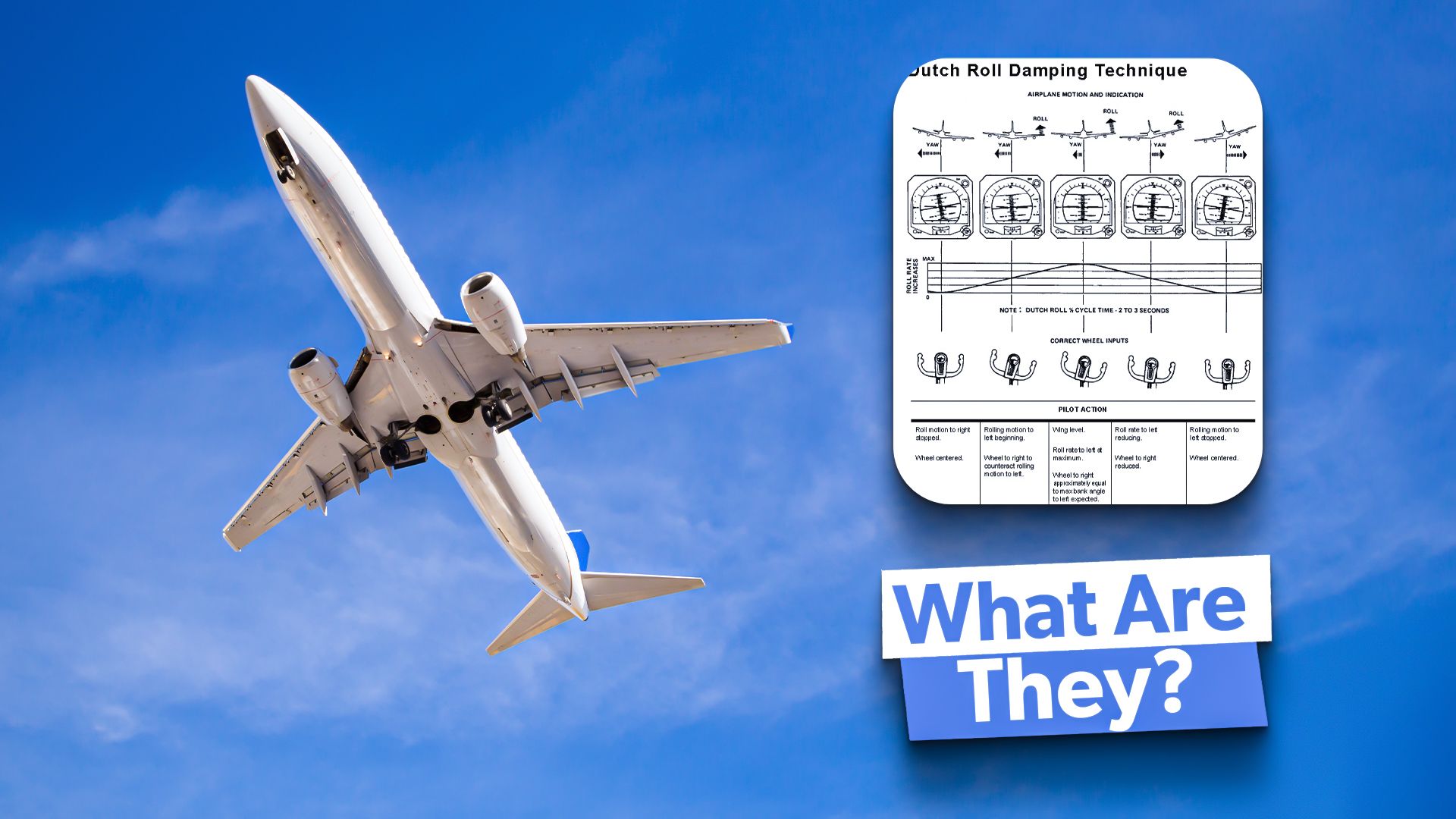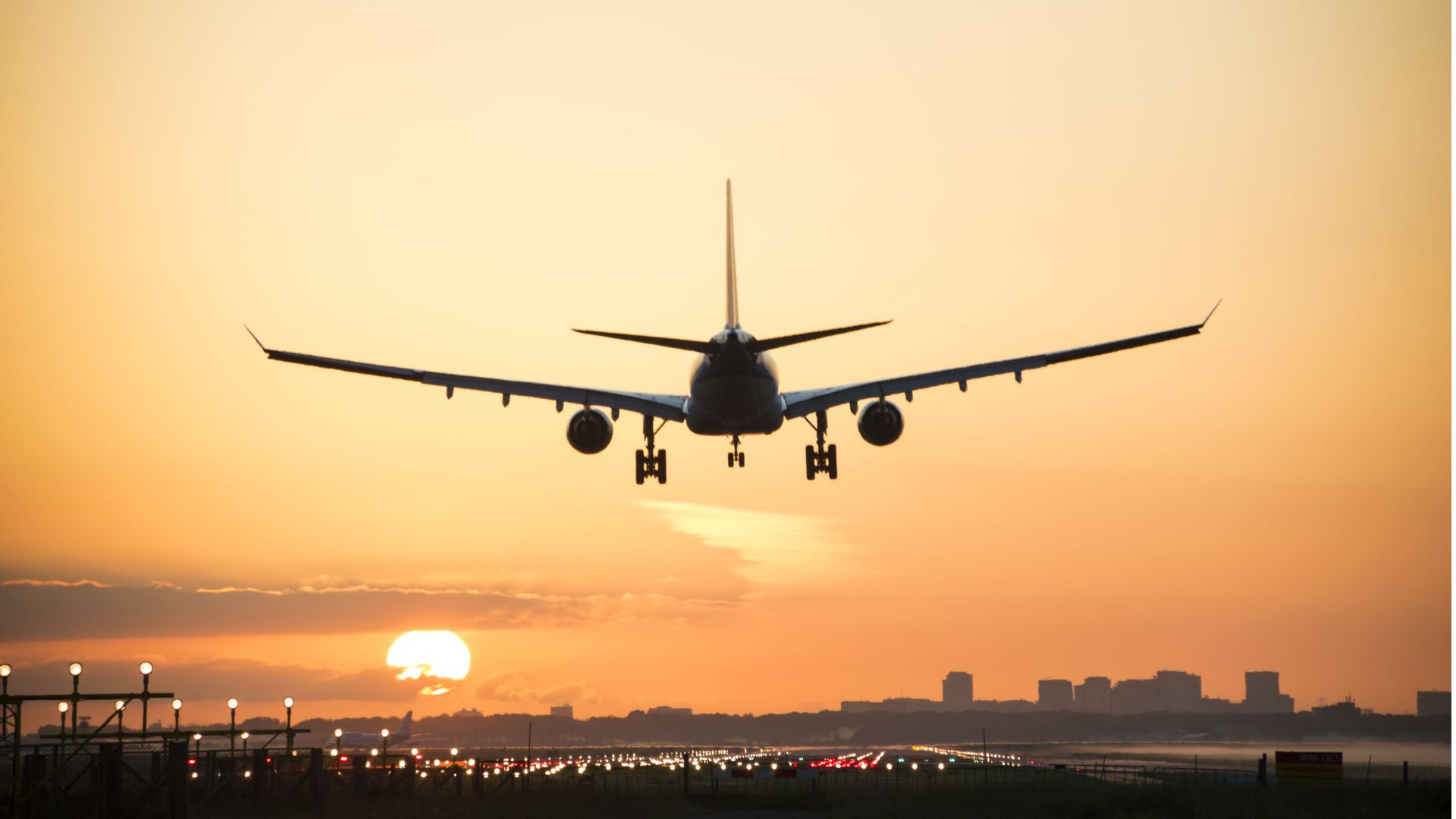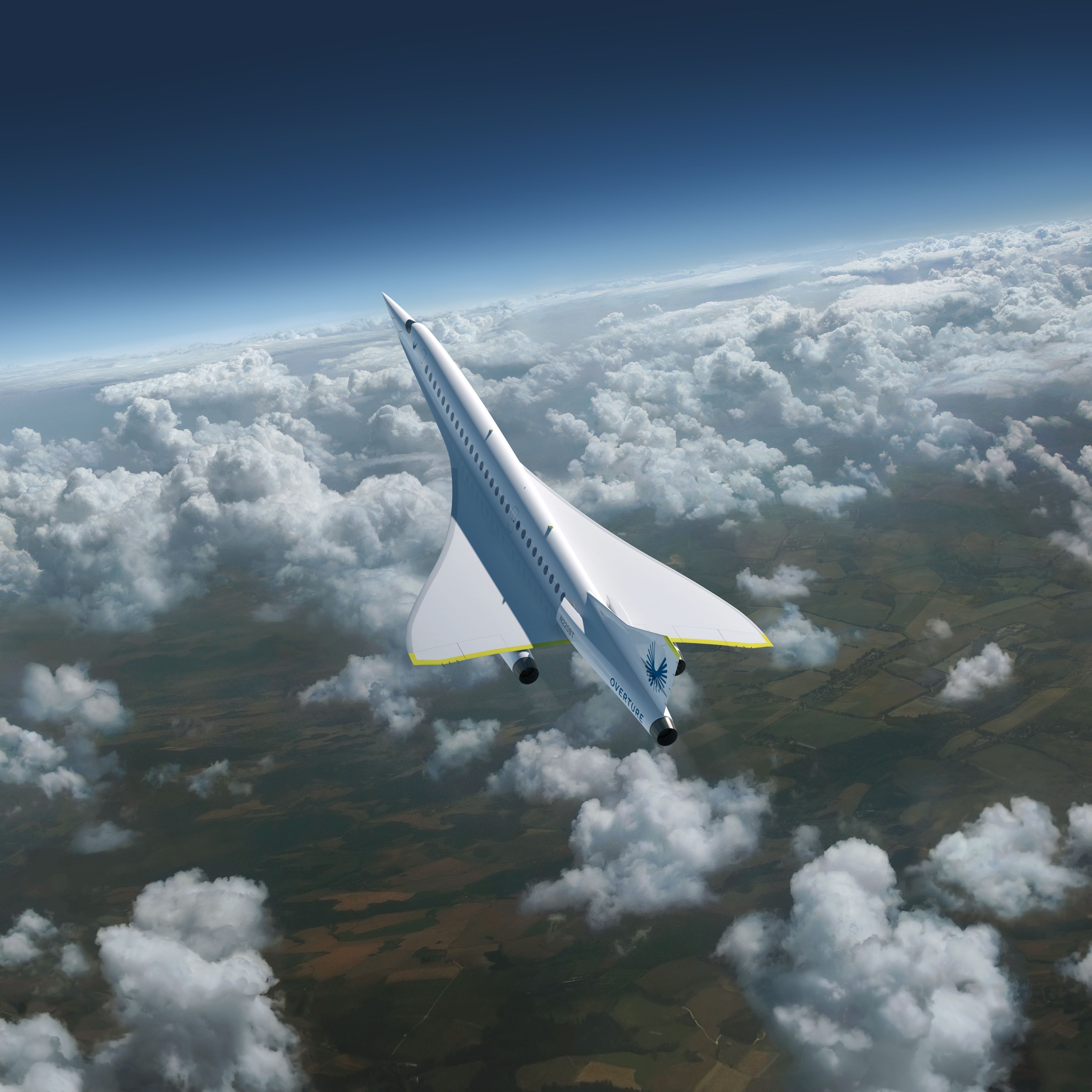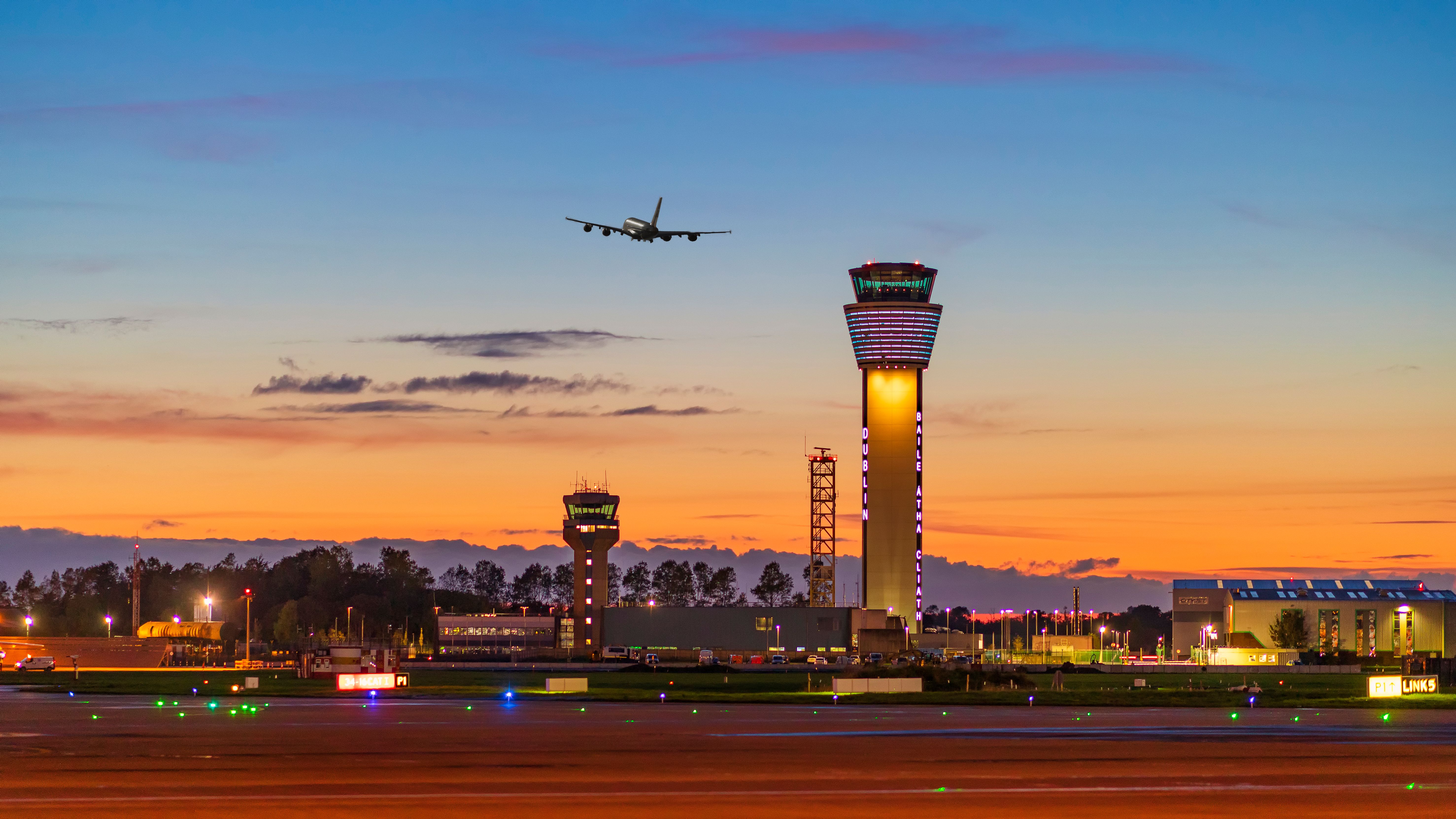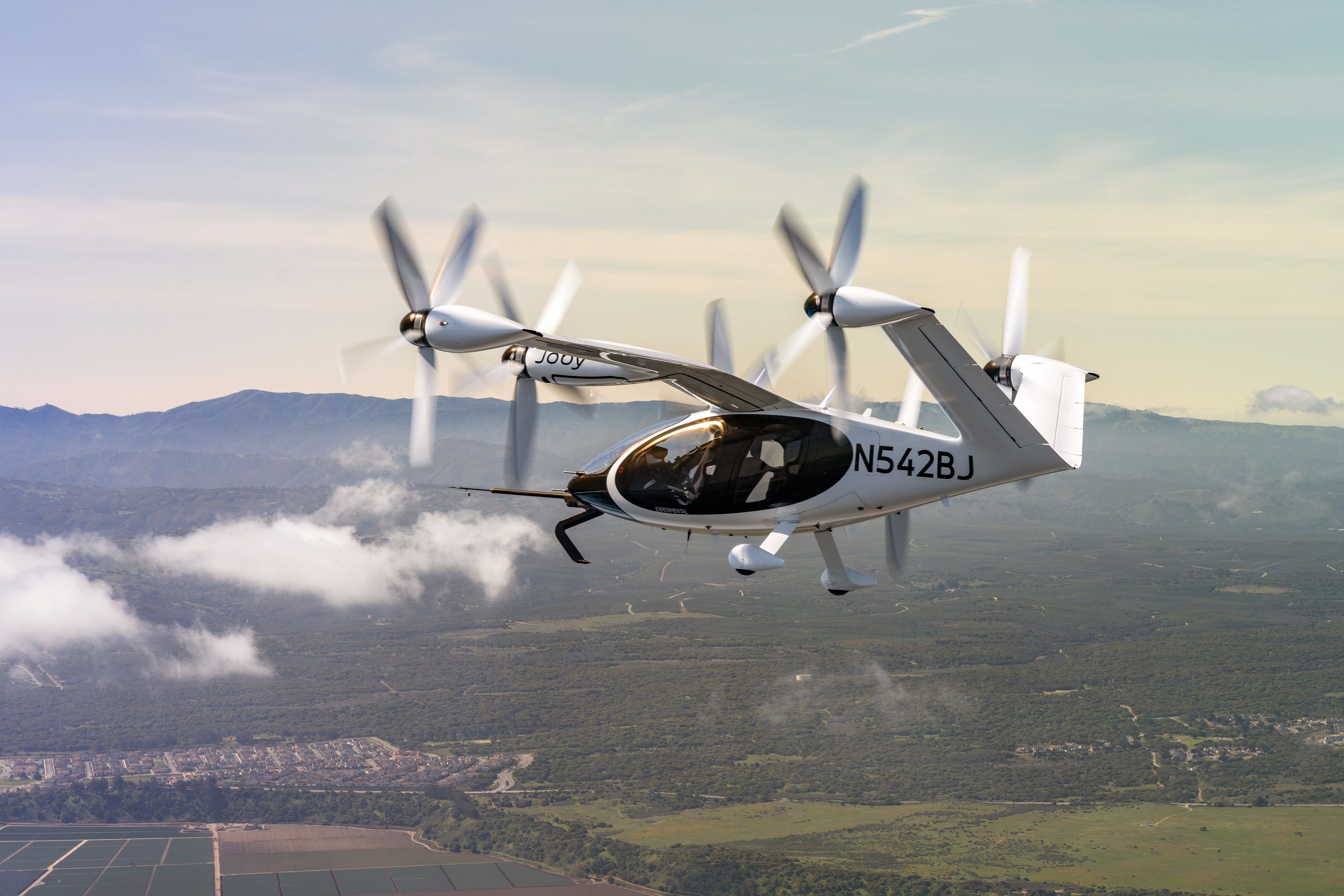Summary
- Dutch roll poses loss of aircraft control, discomfort for passengers, and stress on the aircraft’s structure.
- Loss of aircraft control can lead to catastrophic events such as a spin or a crash if not managed. Instances of such crashes associated with a Dutch roll stretch back to more than half a century ago.
- Aerodynamic factors like wing design, dihedral effect, and control inputs influence Dutch roll during flight.
In the cosmos of aviation, pilots encounter tons of challenges and maneuvers during flight. One of these phenomena is known as the Dutch roll. It is caused by relatively weak positive directional stability instead of positive lateral stability and many other aerodynamic and aeronautical factors.
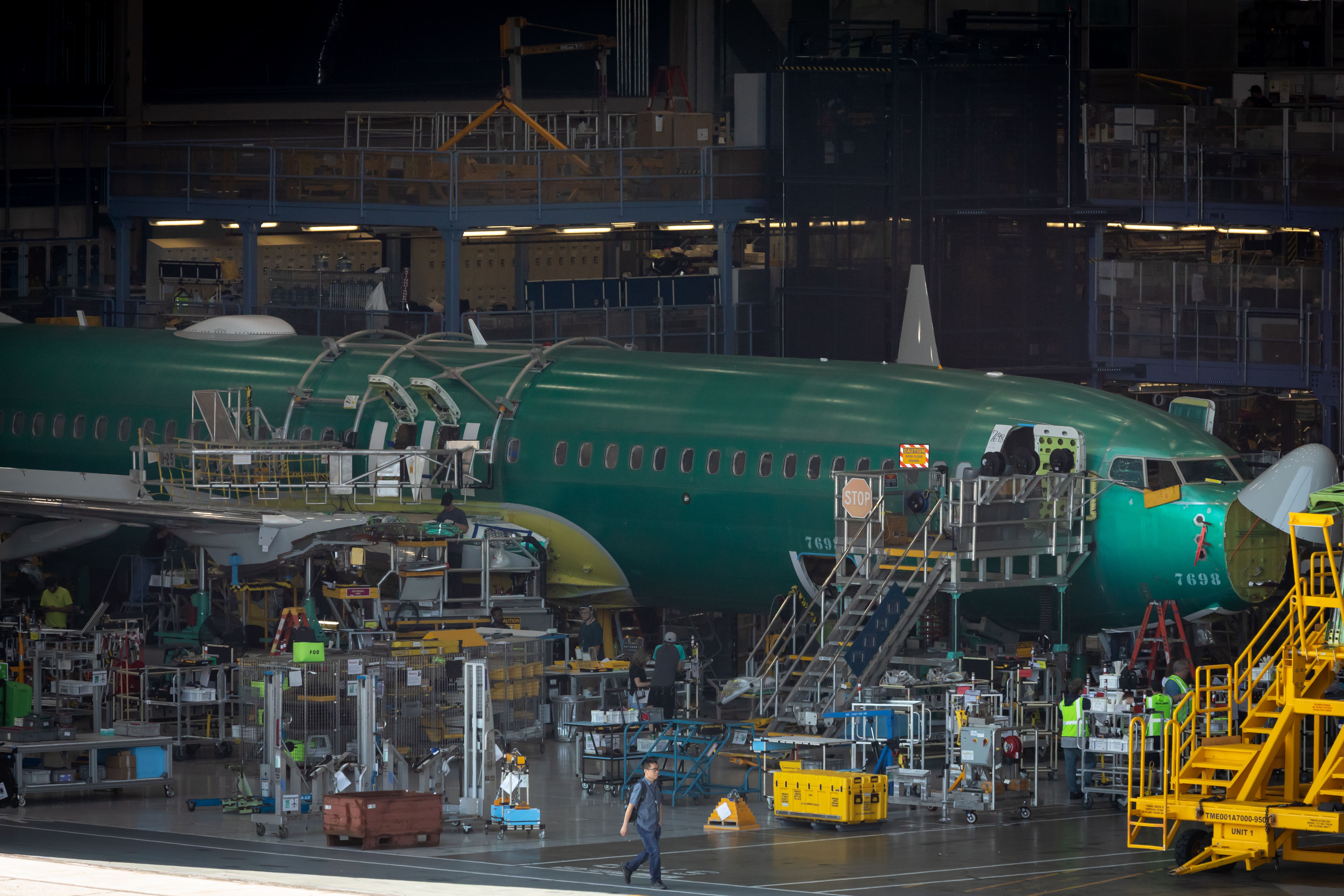
Related
Aircraft Design & Aerodynamics: Key Principles and Concepts
The aircraft design process entails the estimation of weights, performance, structural loads, aerodynamics, controls, and propulsion.
The FAA is currently investigating a Boeing 737 MAX 8 on how it experienced a Dutch roll on May 25, which fortunately landed safely with no harm. Understanding the Dutch roll is essential to ensure the safety of their passengers and crew. This complex and potentially dangerous oscillatory motion can challenge even the most experienced pilots. In this article, we will delve into what Dutch roll is, why it is dangerous, and how pilots mitigate its risks.
Basics of a Dutch roll in aviation
Dutch roll is an aerodynamic phenomenon or dynamic lateral stability issue that occurs in aircraft when there is a combination of directional (yawing) and lateral (rolling) oscillations. It happens naturally or accidentally when an aircraft tends to roll from side to side while simultaneously yawing in the opposite direction.
Photo: Nieuwland Photography | Shutterstock
Aerodynamic Science Behind Dutch Roll
Factors such as the aircraft’s design, aerodynamic forces, dihedral effect of the wings, yaw damping, lateral stability, center of gravity, and control and pressurization system can all influence the Dutch roll. When an aircraft experiences a disturbance in the yaw (such as a gust of wind), the resulting sideslip can induce a rolling motion due to the dihedral effect. When an aircraft is in a sideslip condition, the airflow over the wings is not symmetrical.
This leads to an imbalance in lift and drag forces on each wing, causing the aircraft to roll. In cases where an aircraft’s engines produce uneven thrust levels, Dutch roll can be induced. This imbalance in thrust can lead to asymmetrical aerodynamic forces, further complicating the aircraft’s stability and making it more difficult for the aircraft to recover from the oscillations.
. Photo: Boom Supersonic
Some of the notable accidents due to Dutch roll
- A brand-new Boeing 707-227, N7071 crash-landed on a river at Arlington, Washington on 19 October 1959, killing four of the eight occupants.
- A McConnell AFB, KS(USAF) KC-135R, 63-8877, broke up in flight about 11 minutes after take-off from Manas Airbase (Kyrgyzstan), killing all three crew members, on 3 May 2013.
- A Leonardo-Finmeccanica-Helicopters Division AW609 prototype crashed probably due to a Dutch roll killing two pilots in Italy on 30 October 2015.
- A Boeing 737 MAX 8 (Southwest Flight 746) experienced a Dutch roll on 25 May 2024 but landed safely in Oakland with no injuries.
Why is a Dutch roll dangerous?
Some of the dangers associated with Dutch rolls are mentioned below:
1. Loss of aircraft control
Dutch rolls can quickly lead an aircraft to an uncontrollable state if not properly managed by pilots. Rapid oscillations can make it challenging for pilots to maintain stability and counteract oscillatory motions effectively. In extreme cases, Dutch roll can lead to a complete loss of control, putting the aircraft at risk of a catastrophic event, such as a stall, spin, or even a crash.
Photo: Peter Krocka | Shutterstock
The lateral-directional instability induced by a Dutch roll can impair the aircraft’s ability to maintain a steady flight path and attitude. This can affect the aircraft’s performance, leading to deviations from the intended flight trajectory and altitude.
2. Discomfort for passengers
The Dutch roll’s unpredictable motion can cause passengers discomfort and nausea. It can also create a sense of unease and anxiety, impacting the overall flying experience for passengers.
3. Stress on the aircraft’s structure:
The repeated yawing and rolling motions associated with Dutch rolls can subject the aircraft’s structure to increased stress (unexpected aerodynamic loads and vibrations). These dynamic stresses can impact the structural integrity of the aircraft components and potentially lead to structural failure.
Dutch roll flight-tests
Training programs are carried out for pilots, including simulations and practical exercises to familiarize them with the characteristics of the Dutch roll and teach them how to effectively respond to this phenomenon. Boeing engineers automate perfect Dutch roll flight-test maneuvers to advance flight safety.
Photo: Joby Aviation
The Boeing technical fellow and flight test engineer, Darren McDonald, said:
“ We intentionally stir up large Dutch rolls to gather data to update the aerodynamic model and safety margins. But the oscillations have to be perfectly formed for us to get the information we need. The final result is a more detailed understanding of all aspects of a Dutch roll — something we’re documenting so we can add this knowledge to a library of flight-test maneuvers that will grow over time. Having this library will simplify the process of implementing a maneuver on a new aircraft model.”
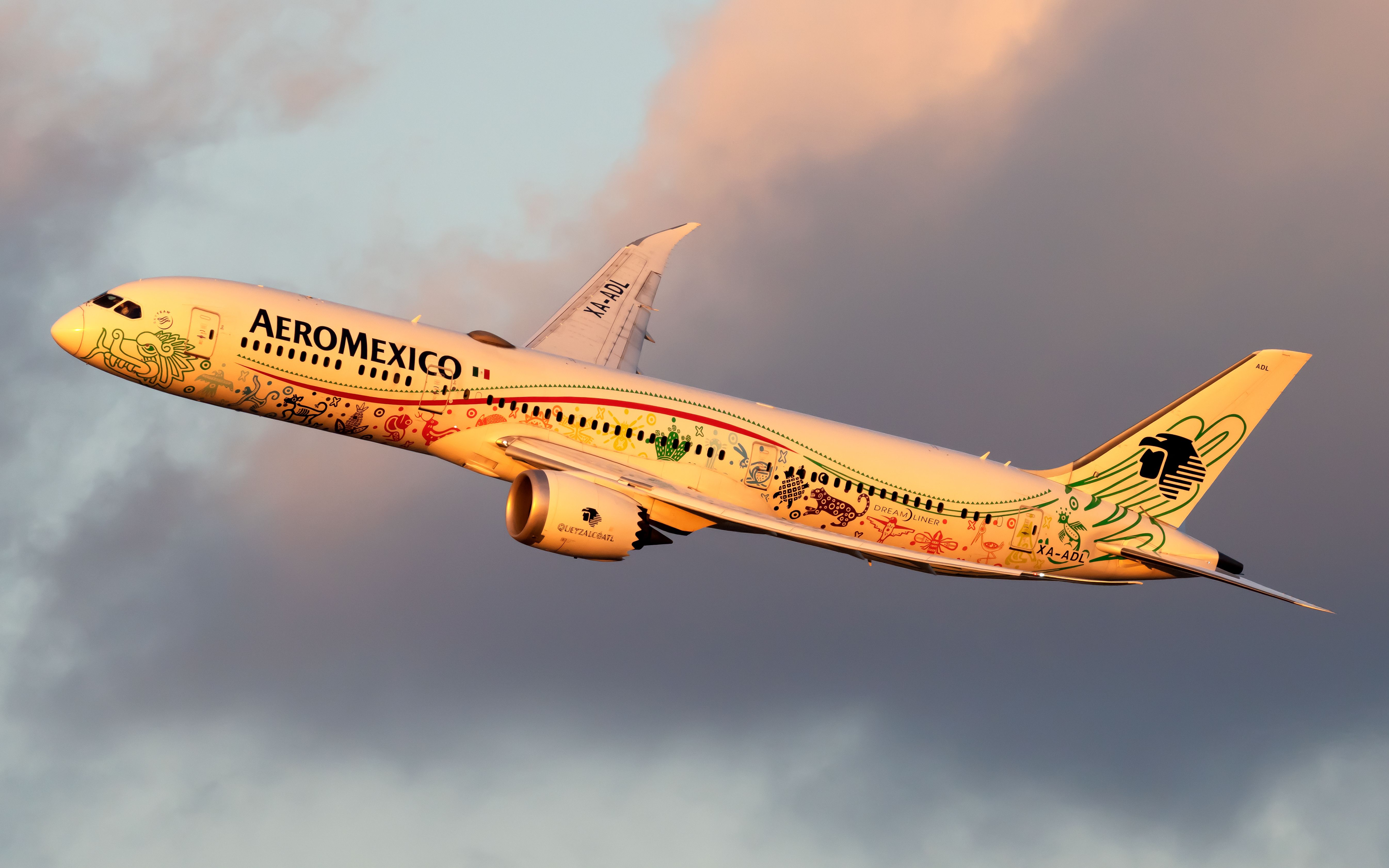
Related
What Is Lift-To-Drag Ratio And How Is It Optimized At Different Phases Of Flight?
The lift-to-drag ratio must be optimized for each phase of flight.
Conclusion
The Dutch roll is a challenging phenomenon in aviation that creates risks to aircraft stability and safety. Pilots must be well-trained and equipped to recognize and respond to Dutch rolls effectively and immediately to prevent dangerous situations and ensure the safe operation of their aircraft. By doing so, pilots can navigate this complex aerodynamic issue and maintain control over their aircraft, safeguarding both lives and the integrity of the aircraft and passengers.

